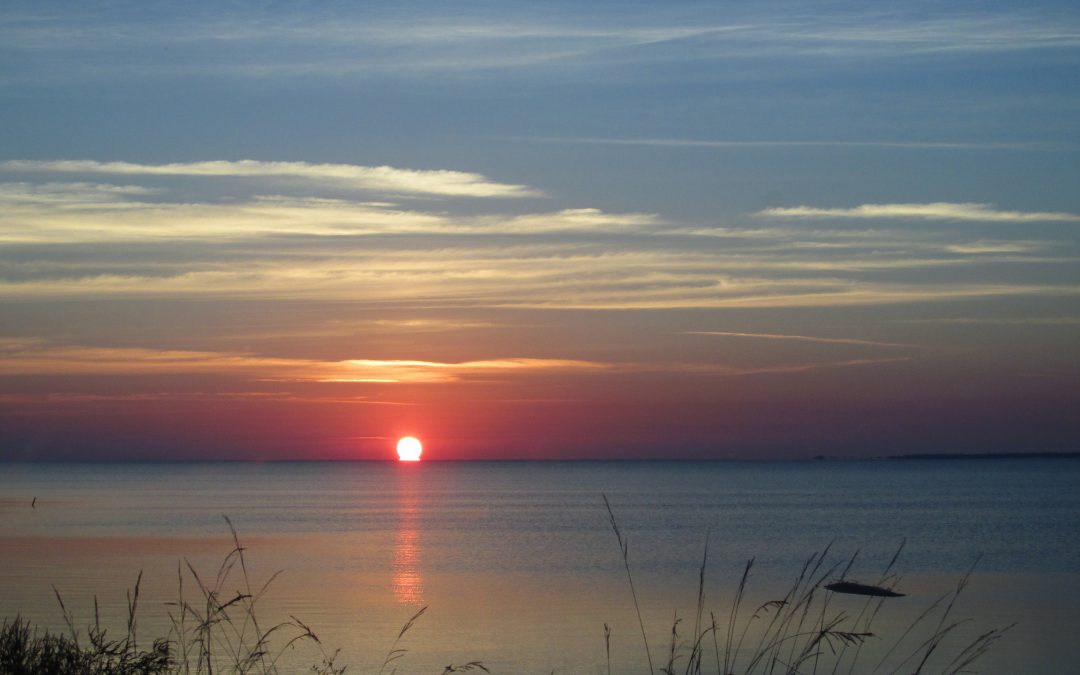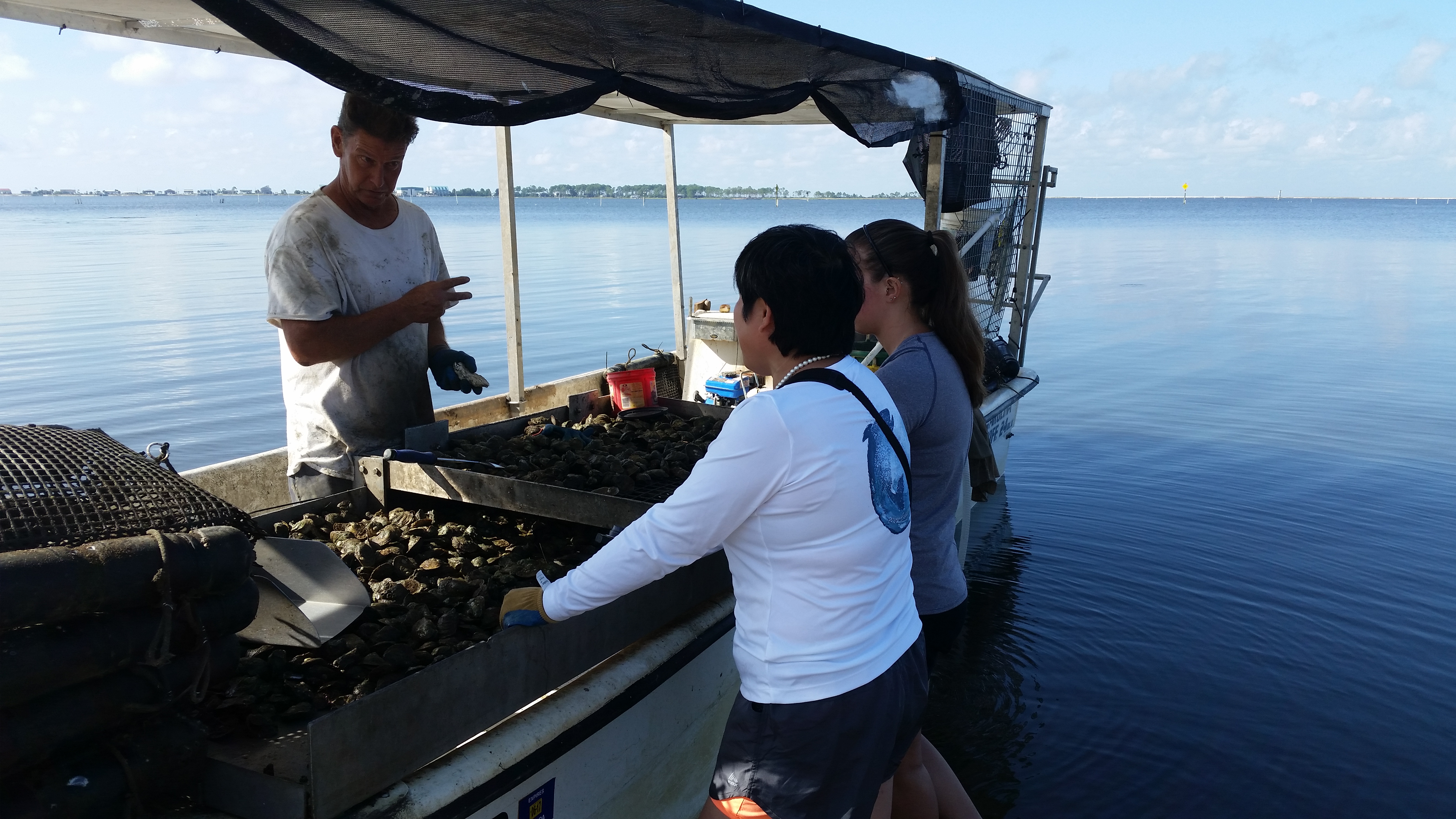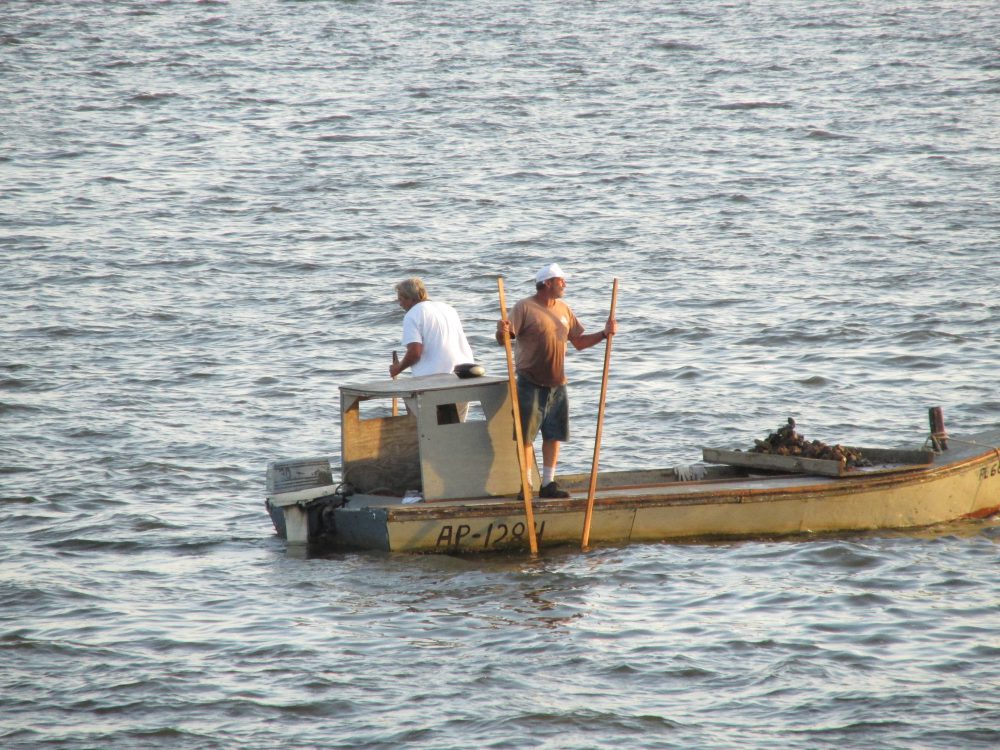
by Erik Lovestrand | Aug 3, 2018
If you have not seen the news yet, the US Supreme Court provided a ruling on June 27, 2018 regarding the decades-long conflict between Florida and Georgia over water use in the Apalachicola-Chattahoochee-Flint tri-state river basin. Guess what; the battle continues. Following the previous findings of the court-appointed Special Master and his recommendation to deny Florida relief in the dispute, there were many disappointed people south of the border between the two states. The recent decision to remand the case back to the Special Master for further consideration has taken many by surprise; happy surprise south of the border and not so happy as you look northward (unless you talk to the attorneys litigating the case, maybe).
The resulting decision kept Florida’s hopes alive for an equitable allocation of water resources in the basin that spans nearly 20,000 square miles of the Southeastern US. At stake, from Florida’s perspective, is the productivity and ecosystem integrity of the Apalachicola River and Bay ecosystem. For Georgia, enough water to supply its growing population and thirsty agricultural interests in the Flint River Basin south of Atlanta.
The Court’s 5–4 decision, found that the Special Master had applied too high a standard regarding “harm and redressability” for Florida’s claims. They ordered the case to be reheard so that appropriate considerations could be given to Florida’s arguments. “The amount of extra water that reaches the Apalachicola may significantly redress the economic and ecological harm that Florida has suffered,” said Justice Breyer, who was joined by Chief Justice John Roberts and Justices Anthony Kennedy, Ruth Bader Ginsburg and Sonya Sotomayor. “Further findings, however, are needed.”
The Court’s opinion does not actually outline any specific solutions for the water battle, and it in no way guarantees a win for Florida, but it does keep the legal challenge alive – along with the hope of better days for Florida’s oyster industry, which has suffered a major fisheries collapse that began around 2012. Visit this link if you would like to read the syllabus, as well as the full opinion of the High Court.
We should all consider the magnitude of the importance of the Apalachicola River and Bay for our region, due to its connection to the larger Gulf of Mexico. Estuaries like this are crucial links in the life-stages of countless marine organisms, including many we depend on for food and recreation. Blue crabs migrate tremendous distances to spawn in our near shore estuaries. Their young then disperse to populate large areas of coastline. Post-larval shrimp move into our estuaries to grow up after being spawned offshore. Later they swim out as adults to begin the cycle again. It is no wonder the shorelines of our Florida estuaries are dotted with prehistoric shell middens from peoples who thrived near these resource-rich ecosystems. Who knows if the Apalachicola Bay will ever recover to the productivity of its glory days, when a hard-working person could harvest 20 bags of oysters in a day? Regardless, we should all be thankful for what Apalachicola Bay has meant to so many generations of people over such a wide expanse of our Northern Gulf of Mexico coastline. Take just a moment to think about it, please.

by Erik Lovestrand | Feb 2, 2018

Sorting and re-caging take place on-site at the lease
Photo: Erik Lovestrand
There are a number of parallels than can be drawn between shellfish farming and traditional forms of agriculture that take place on the land. The most obvious similarities are the amount of hard work, grit and faith that are required of the farmer on land or sea. In spite of this there are many “salty” farmers in the Florida Panhandle who have mustered the faith requirement and are now putting in the hard work necessary to help build this budding industry in the Southeastern U.S.
Market demand for quality oysters has continued to outstrip available supplies for several years of late. This has been due in part to better marketing strategies employed by growers as well as clientele becoming aware of the health benefits of fresh oysters; a great supply of important vitamins and minerals, including vitamin C and B vitamins, zinc, selenium and iron. However, supply/demand ratios are not the only important factor in developing a thriving oyster aquaculture industry. Also required, is the necessary infrastructure to support the grower’s equipment needs, enough sources of baby oyster “seed”, a reliable refrigerated transportation network for live shellfish, and the support of regulatory agencies in making water leases available in suitable growing areas.
Fortunately, the stars seem to be aligning for many of these industry-growth necessities and the business of oyster farming is gaining a firmer foundation to build upon. One of the important milestones for Florida was the approval of “full-water-column” leases, which allows the use of floating oyster cages or bags. Previously, oysters were required to be grown on the bay bottom and this made them susceptible to higher levels of predation from crabs and snails and severe biofouling (barnacles and algae) on the exterior of the mesh bags. Heavy biofouling reduces the water flow through the oyster’s growing environment, thus the available food for this filter feeding bivalve.
One critical need for this industry is the availability of quality “seed” (baby oysters) to put in the growing waters. Seed oysters are supplied by hatcheries where oyster brood stocks are spawned and babies are raised to the necessary age for grower needs. Some growers use baby oyster larvae that have not settled and attached yet. These “eyed larvae” are put in a tank with old oyster shell and allowed to attach on the shells, which are then deployed at a lease site. Other growers use seed that has already attached to a small particle of crushed shell and are sold as individual oysters to be placed in grow-out bags or cages. The more recent development of oyster stocks with 3 sets of chromosomes (triploids) have provided growers with an oyster that gets to market size faster. Triploid oysters are infertile and do not use energy for spawning, thereby putting more energy into shell and tissue growth. Federal and state laws also govern where growers can buy their seed in an effort aimed at stopping the spread of shellfish disease from one body of water to another (i.e. Atlantic to Gulf of Mexico, etc.).
Even if all of the hardware and infrastructure is in place, there is still one other factor that plays a significant role in whether an oyster farmer will be successful. Just like the dairy farmer, the cattle rancher, the cotton or peanut grower, or the blueberry producer; backbreaking labor is necessary for many stages of the production cycle. Oyster growers work their leases either bending over the gunnels of a boat or actually being in the water, lifting heavy bags or cages of shellfish, sorting by size, re-caging, and moving lots of materials to and from the lease area. True grit and a dogged determination to stay on top of things, regardless of unpleasant conditions, are vital to raising a successful crop of oysters. And by the way, don’t forget that Mother Nature will have the final word. As all farmers know, they are required to be a good listener when she speaks.

by Rick O'Connor | Feb 18, 2017
In his 137-page report to the U.S. Supreme Court published on Valentine’s Day, a Special Master appointed to oversee the case has stated, “Because Florida has not met its burden, I recommend that the court deny Florida’s request for relief.” This may not be the final word on the matter but it does sound like the “bottom line” as the highest court in the land will lean heavy on his recommendation when they rule on the case in the days to come. So, will this be the end of the decades-long battle over water rights in the Apalachicola-Chattahoochee-Flint River Basin? Considering the magnitude of what is at stake when it comes to this “Dixie-Style” water war, I seriously doubt it.

Hard working Apalachicola oystermen are finding times tougher with the “water wars” problem.
Photo: Erik Lovestrand
Florida argued for years that Georgia was illegally using water from its reservoir in Lake Lanier for unauthorized purposes according to the legislation that allowed the dam to be built in the first place. When that argument fell through during prior court rulings, the state sued claiming harm to the once prolific oyster fishery in Apalachicola Bay that has sustained a near total collapse that began in 2012. Florida contended that reduced freshwater flows tied to increased human needs upstream and sustained drought in the southeast had resulted in higher average salinities in the Bay, which added stressors (disease, parasites and predators), causing the crash.
Proponents of Florida’s case were ecstatic when the highest court in the land agreed to hear this case, following denials to do so in the past. Proponents on Georgia’s side of the case claimed that there was no proof that reduced flows had caused the crash and instead blamed poor management of the fishery for Florida’s woes.
Special Master Ralph Lancaster largely agreed with Florida’s assertions on the cause of the fishery disaster but still ruled against Florida’s request for relief saying that the evidence based on low flows during drought periods did not prove how a cap on Georgia’s water use during other times would provide the relief requested. Special Master Lancaster also hinted that Florida had made a grave mistake in not naming the Corps of Engineers as a party in this dispute. He said “Because the Corps is not a party, no decree entered by this court can mandate any change in the Corps’ operations in the basin.”
Georgia officials are breathing a sigh of relief as the economic impact to their state would have been substantial if this had not gone their way. On the other side of Lake Seminole at the State line, Florida’s resource managers still worry about what they can do to improve conditions in a struggling estuary on the Gulf Coast, once known locally as the “Oyster Capital of the World.”





